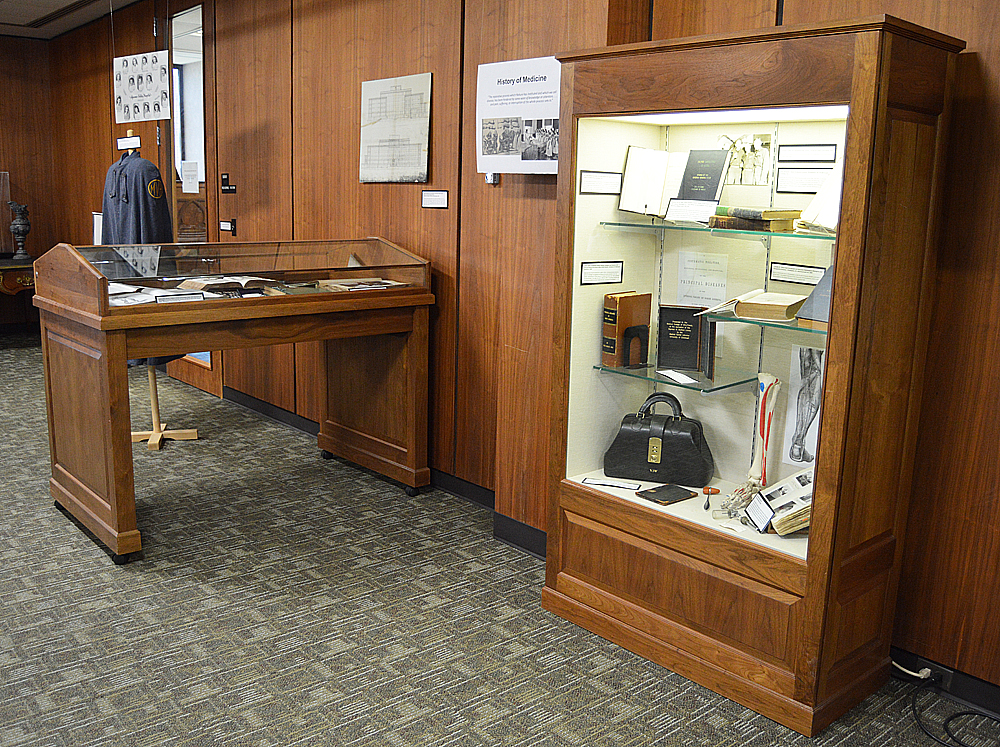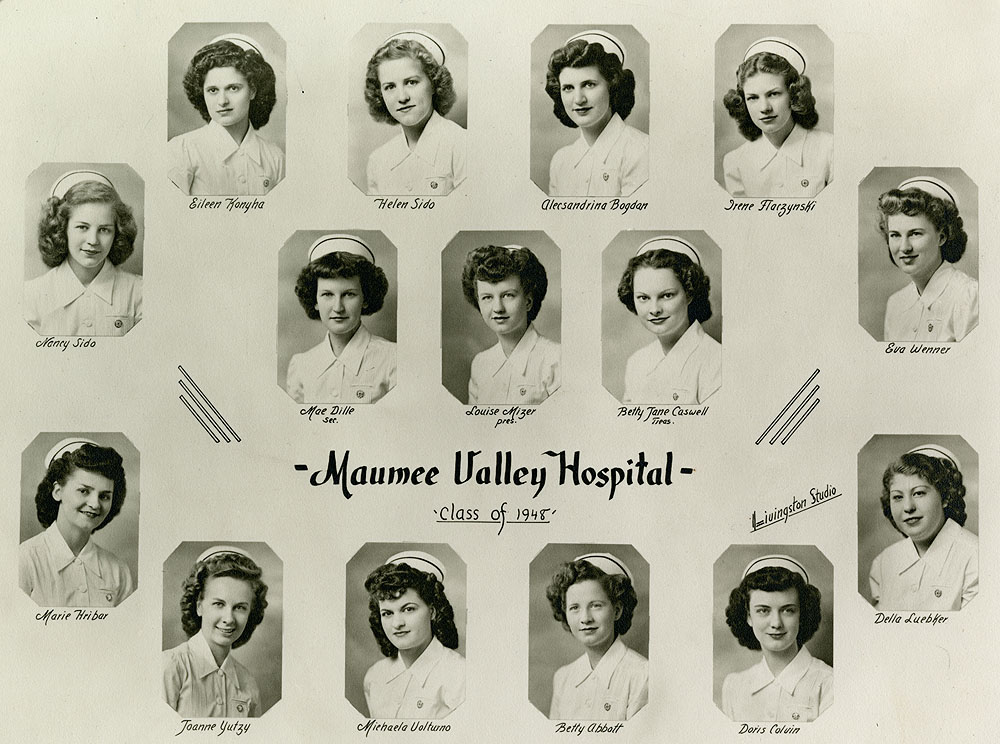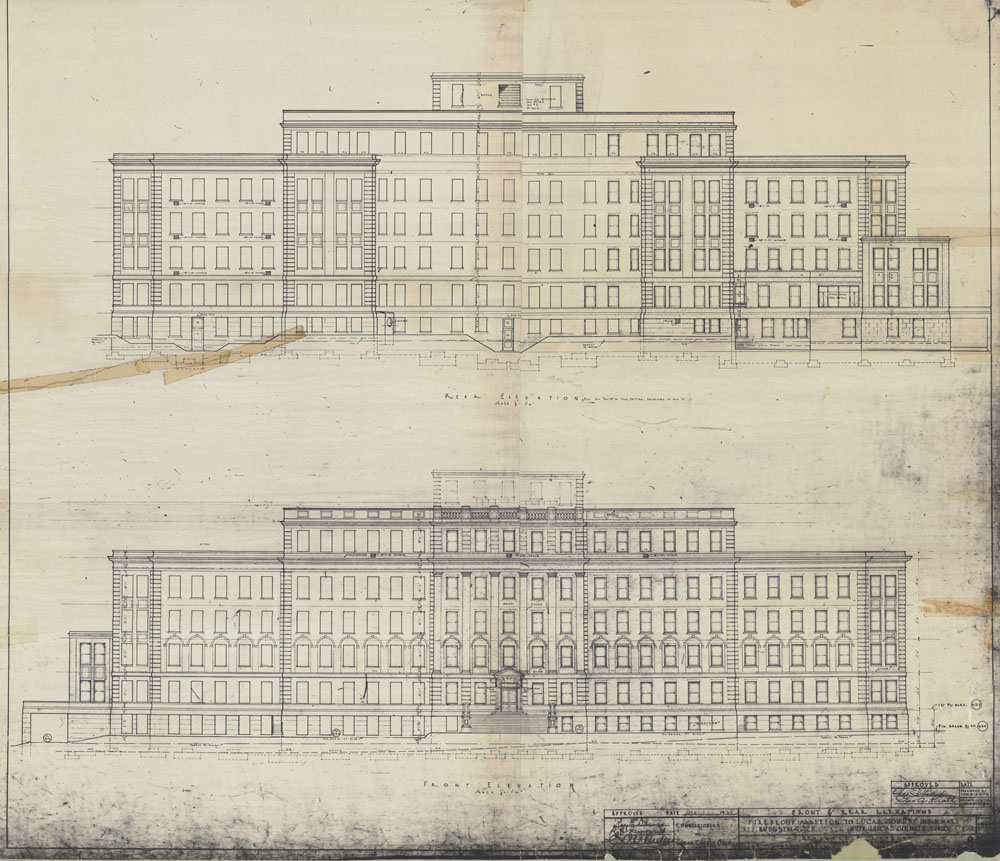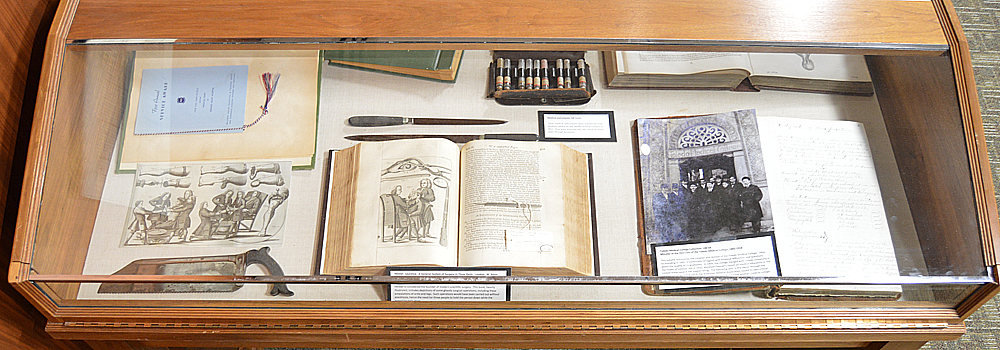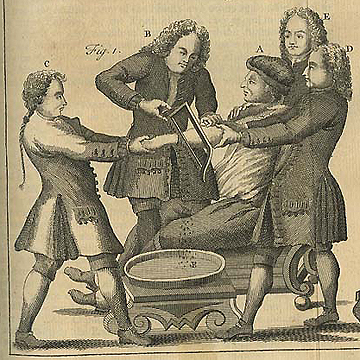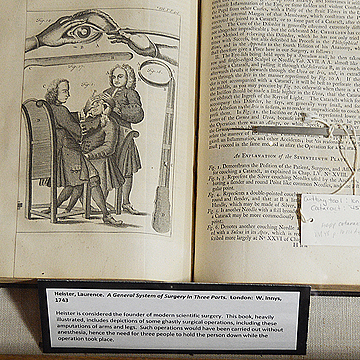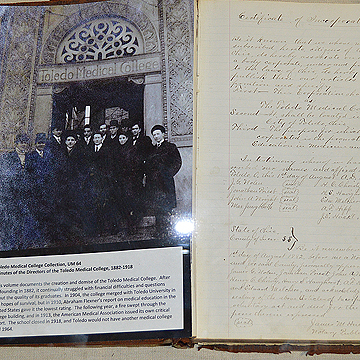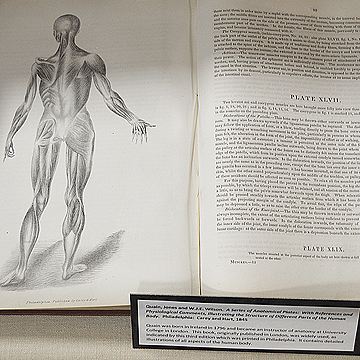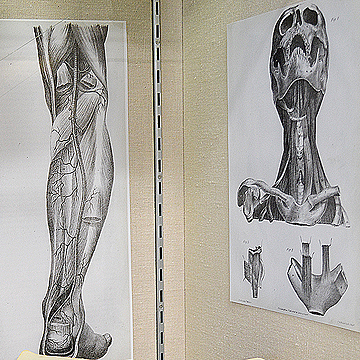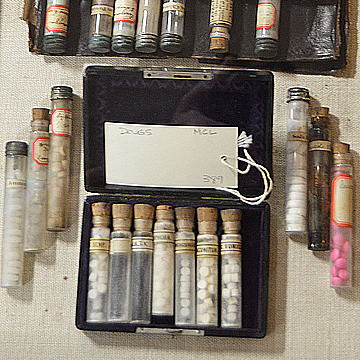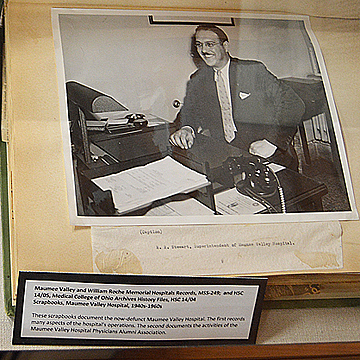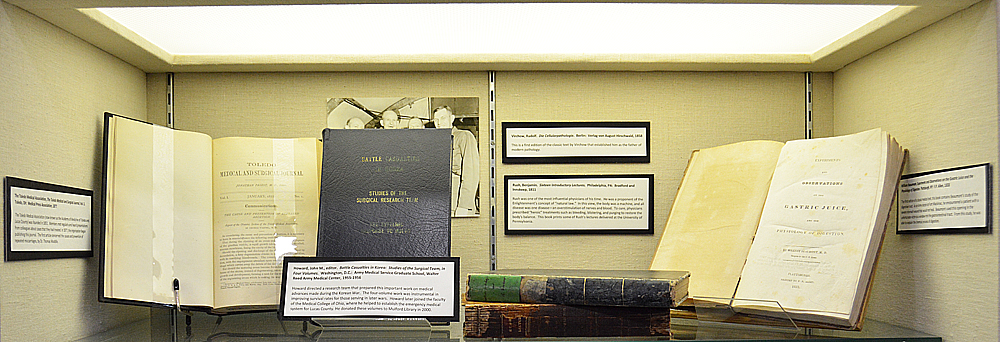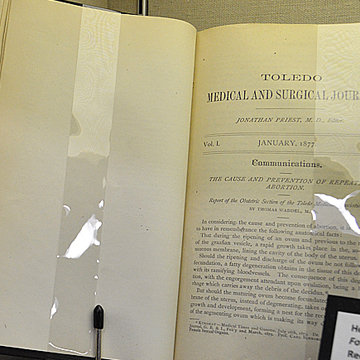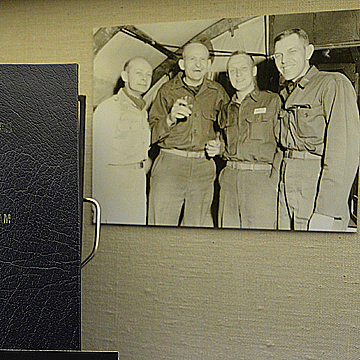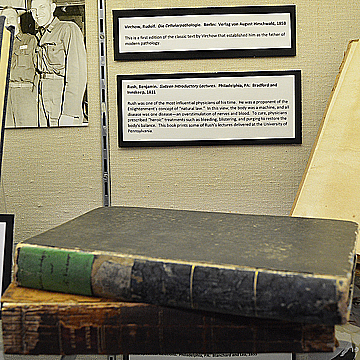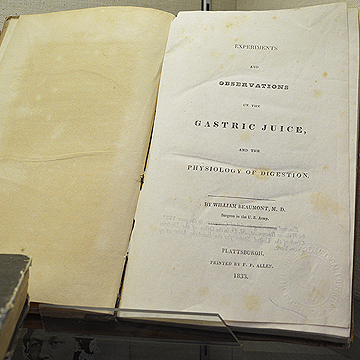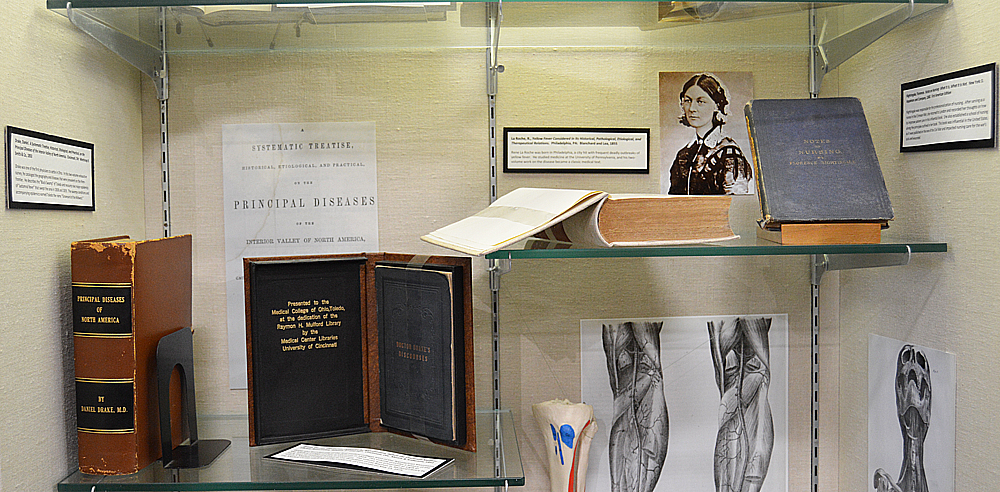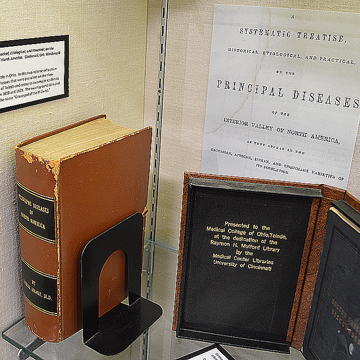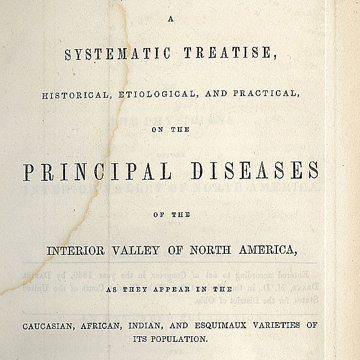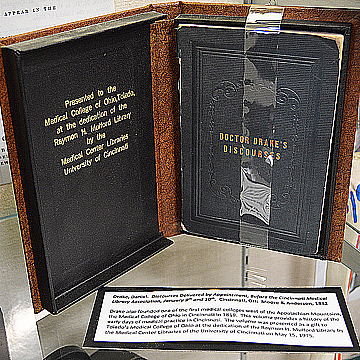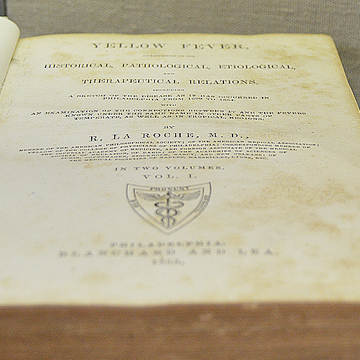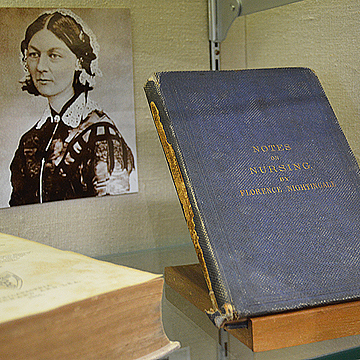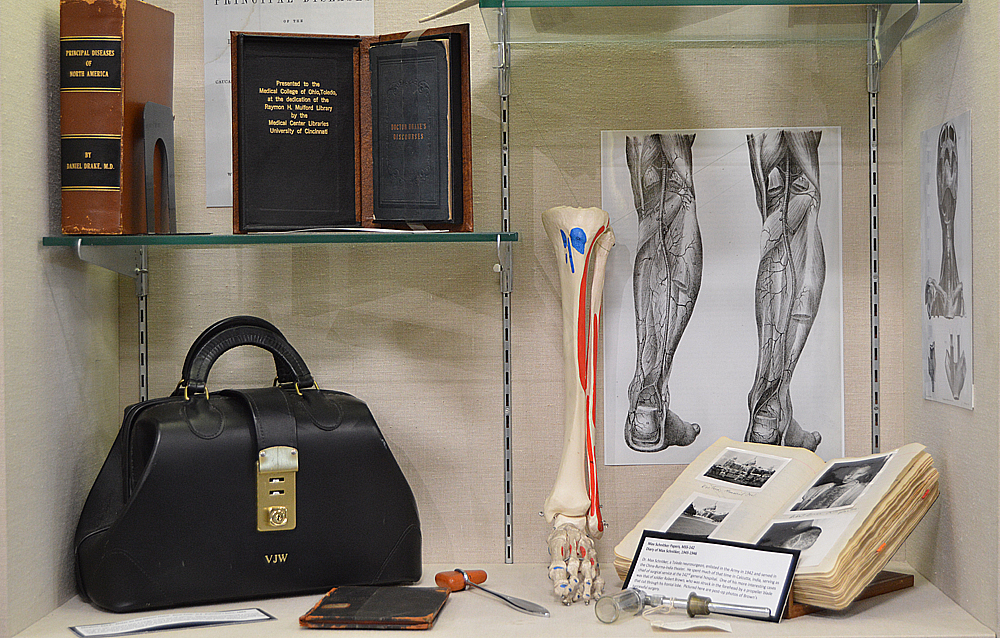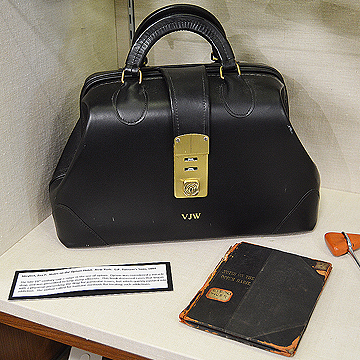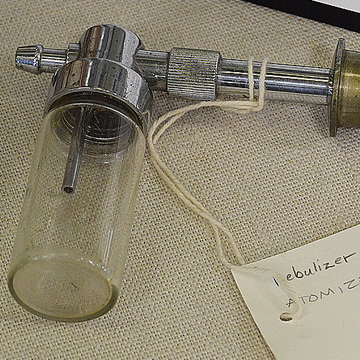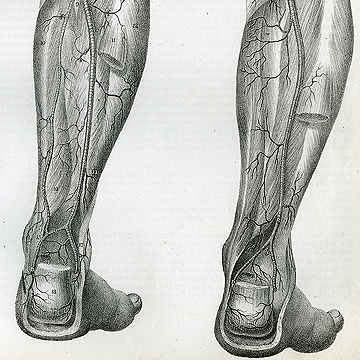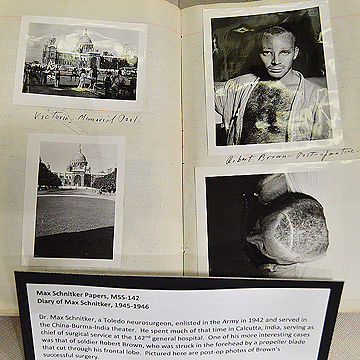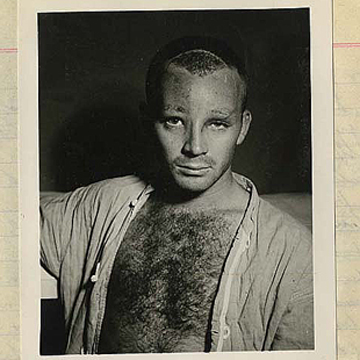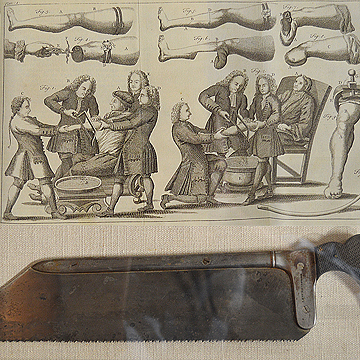
Home > History of Medicine
History of Medicine Collections
The medical history of a city is a mirror of its social, political, economic, and cultural history. Medical history can reveal much about how communities deal with issues such as poverty, race relations, industrialization, urbanization, education, morality, and politics. Medical history focuses on what we do and do not do to promote the most basic of civic responsibilities—the chance to live a long and healthy life.
The Canaday Center had a small medical rare book collection for years, many of the titles pertaining to women’s medicine as part of the effort to collect materials that document women’s social history. The books were showcased in an exhibit in 1994 titled “From Quackery to Bacteriology: The Emergence of Modern Medicine in 19th Century America.” The Center also preserved the records of the Toledo Medical College, an institution founded in 1882 that provided medical training in the city until 1918, when it was closed.
But the Center’s collection of medical-related materials greatly expanded with the merger of The University of Toledo and the Medical University of Ohio in 2006. At that time, the extensive and rich rare book collection of the Mulford Library was transferred to the Canaday Center, as was the archives of MUO. A large exhibit that was a collaboration with hospitals in the region was developed in 2012 to showcase many of these items. “Medicine on the Maumee: A History of Health Care in Northwest Ohio” was not only a popular exhibit with the public, but its catalog received an award for its content and design from the Association of College and Research Libraries.
